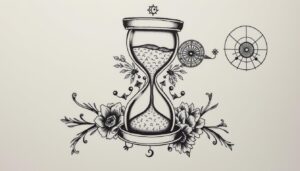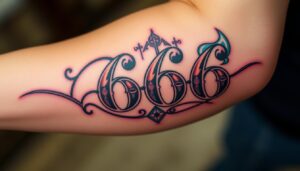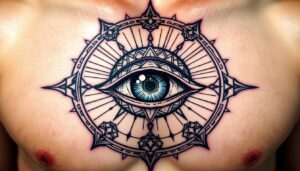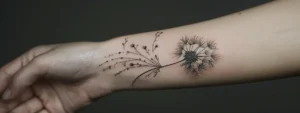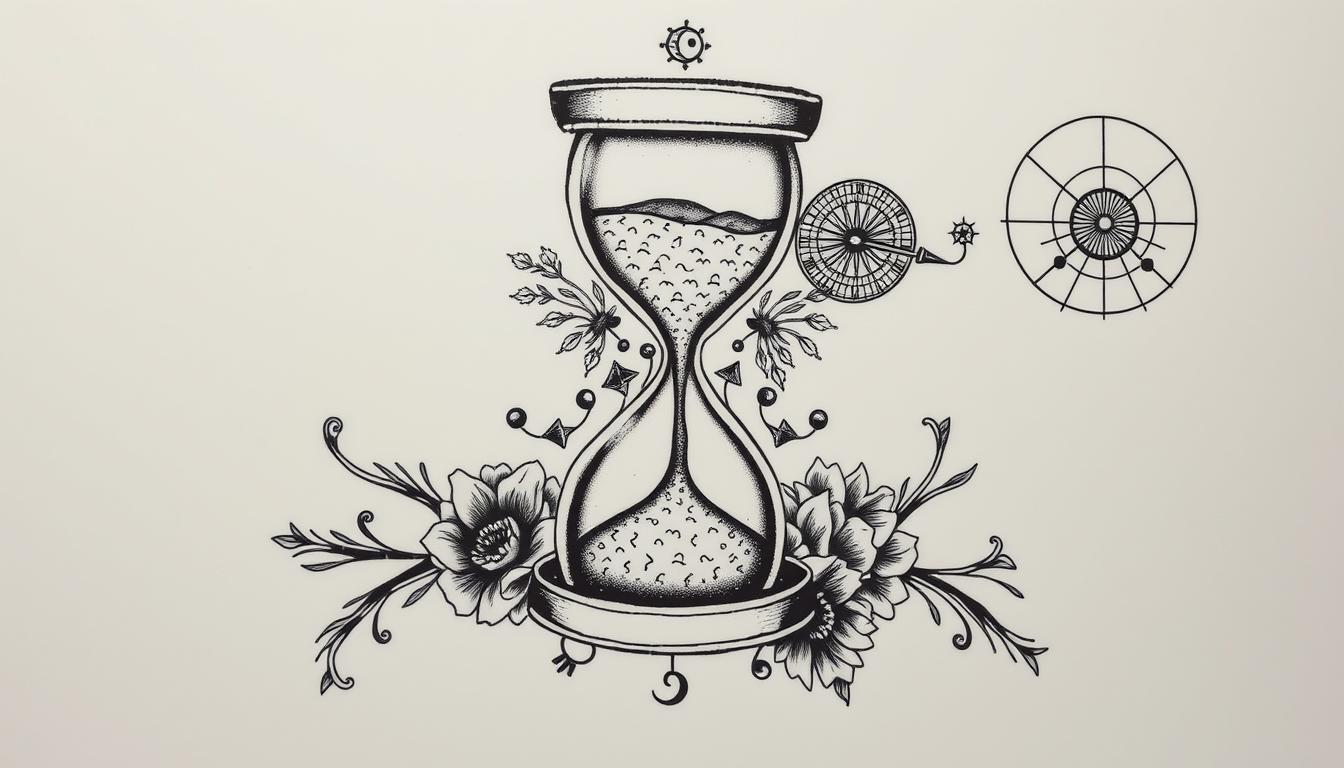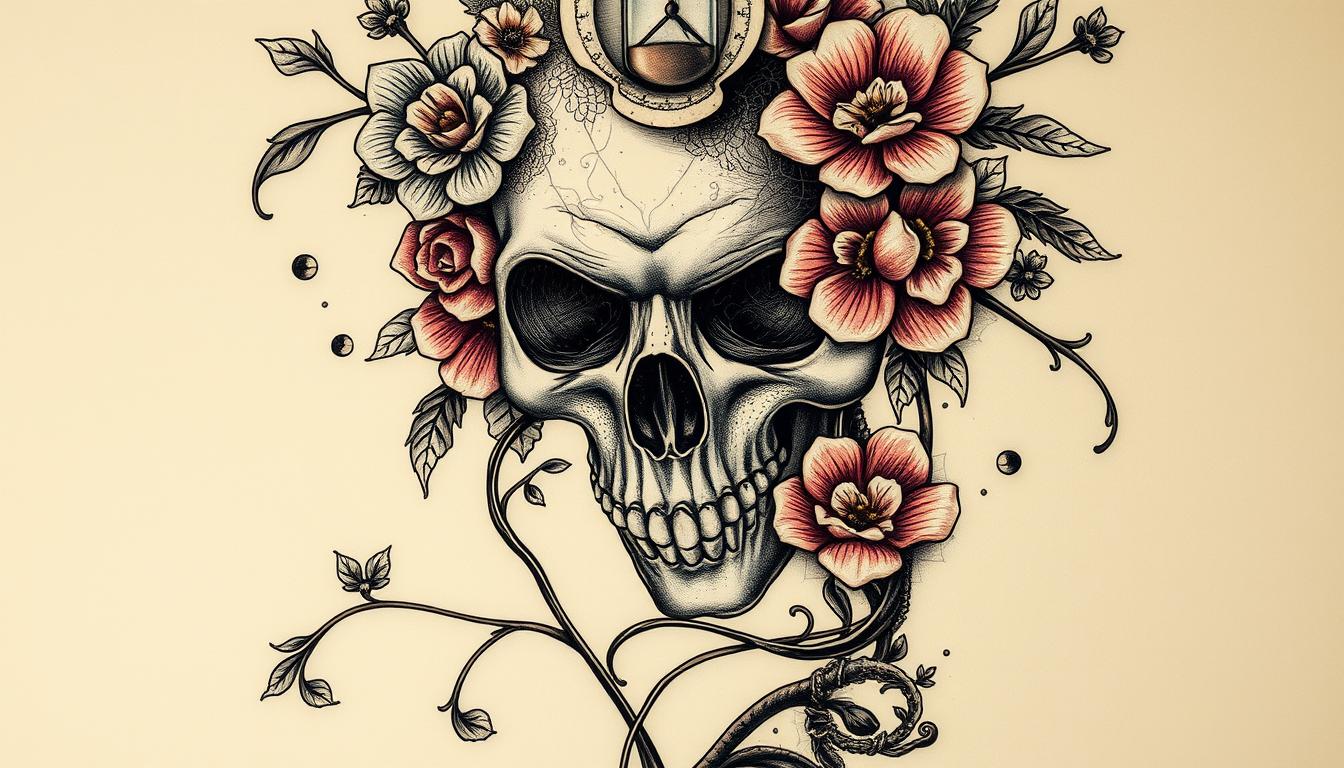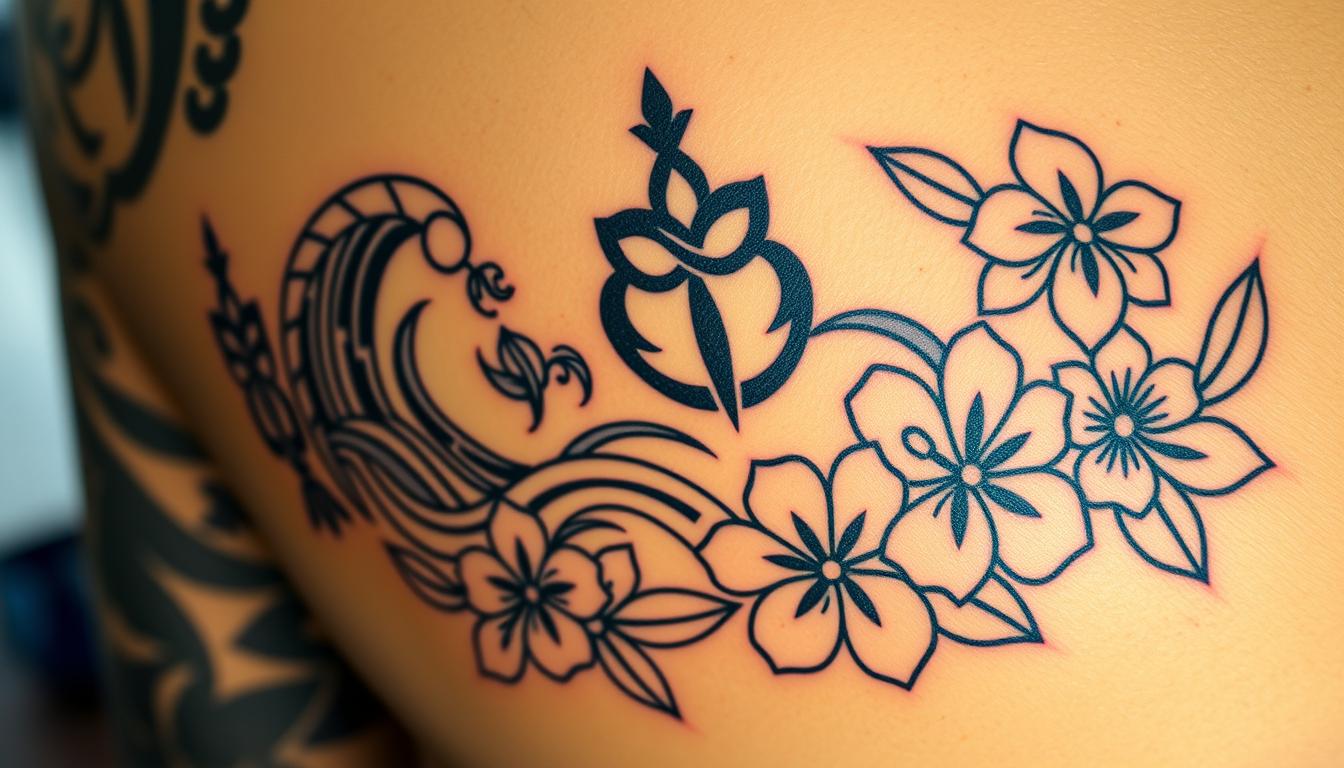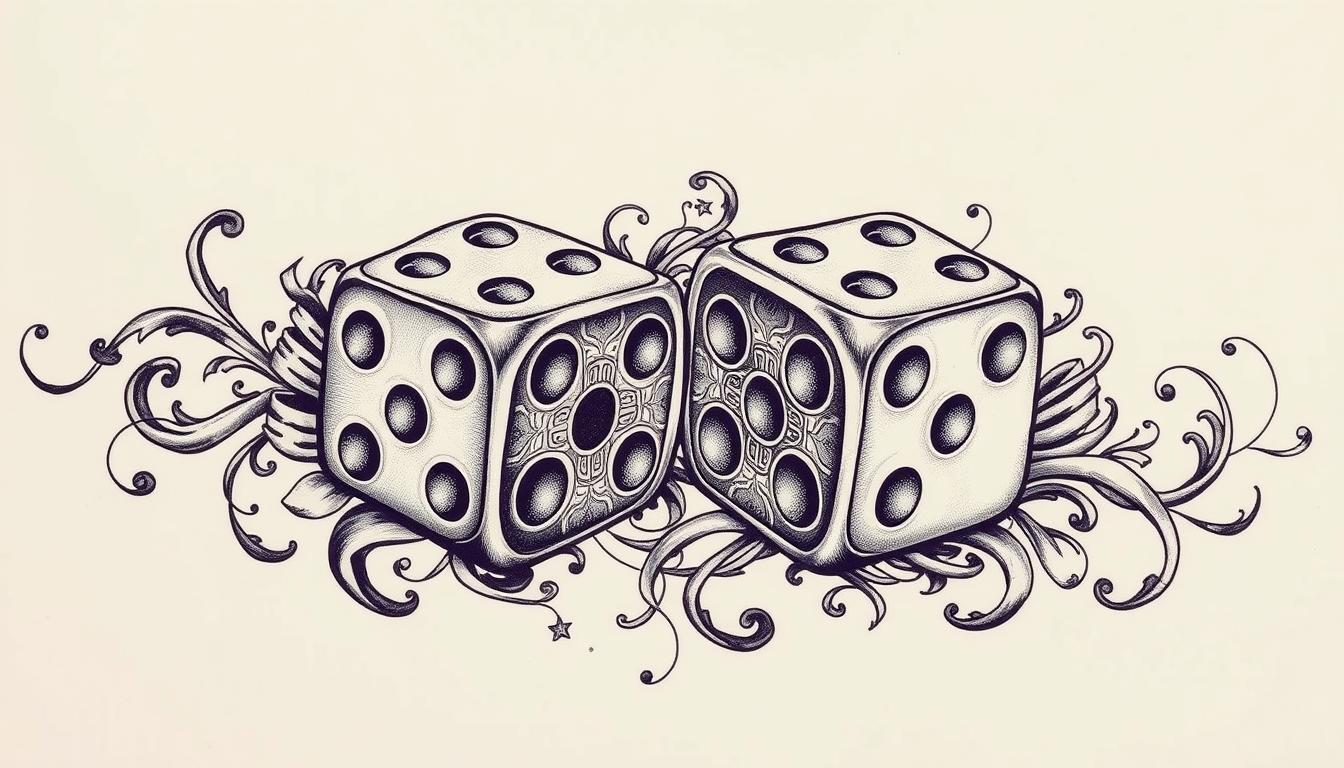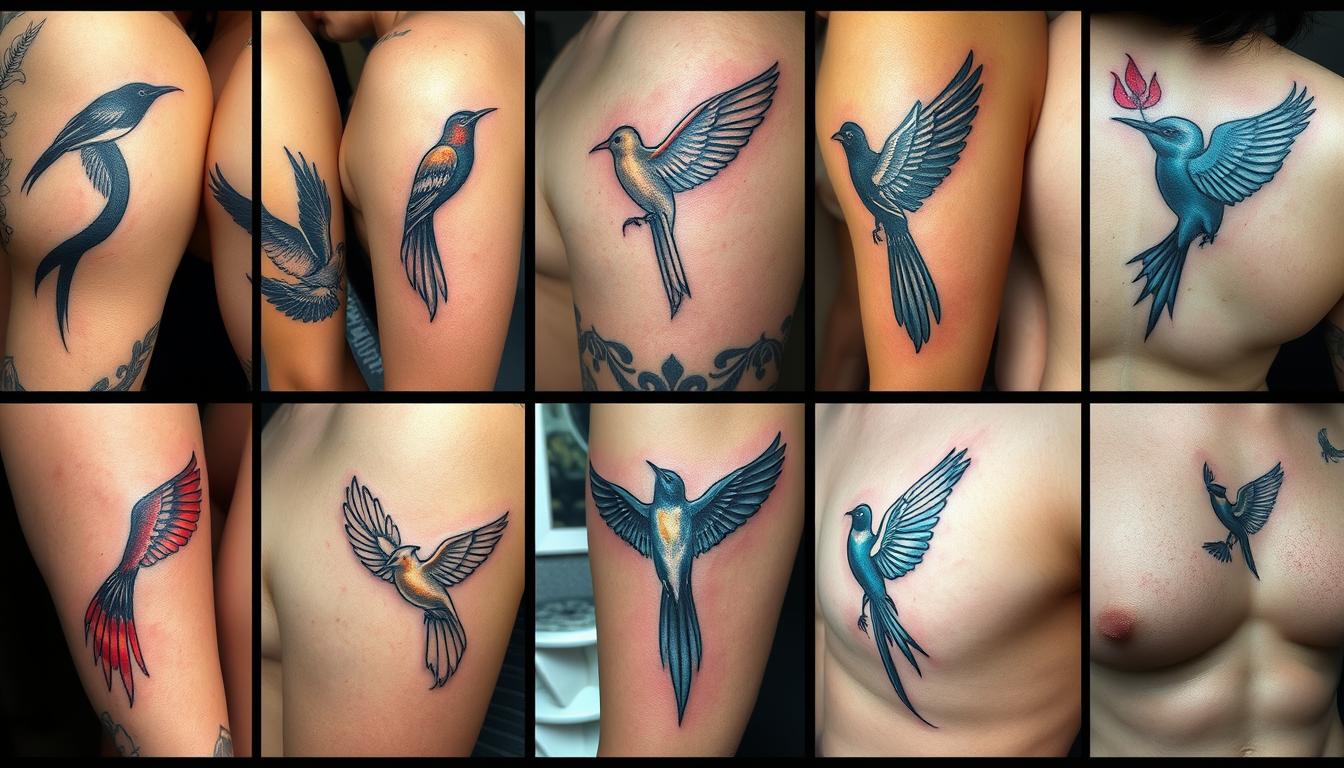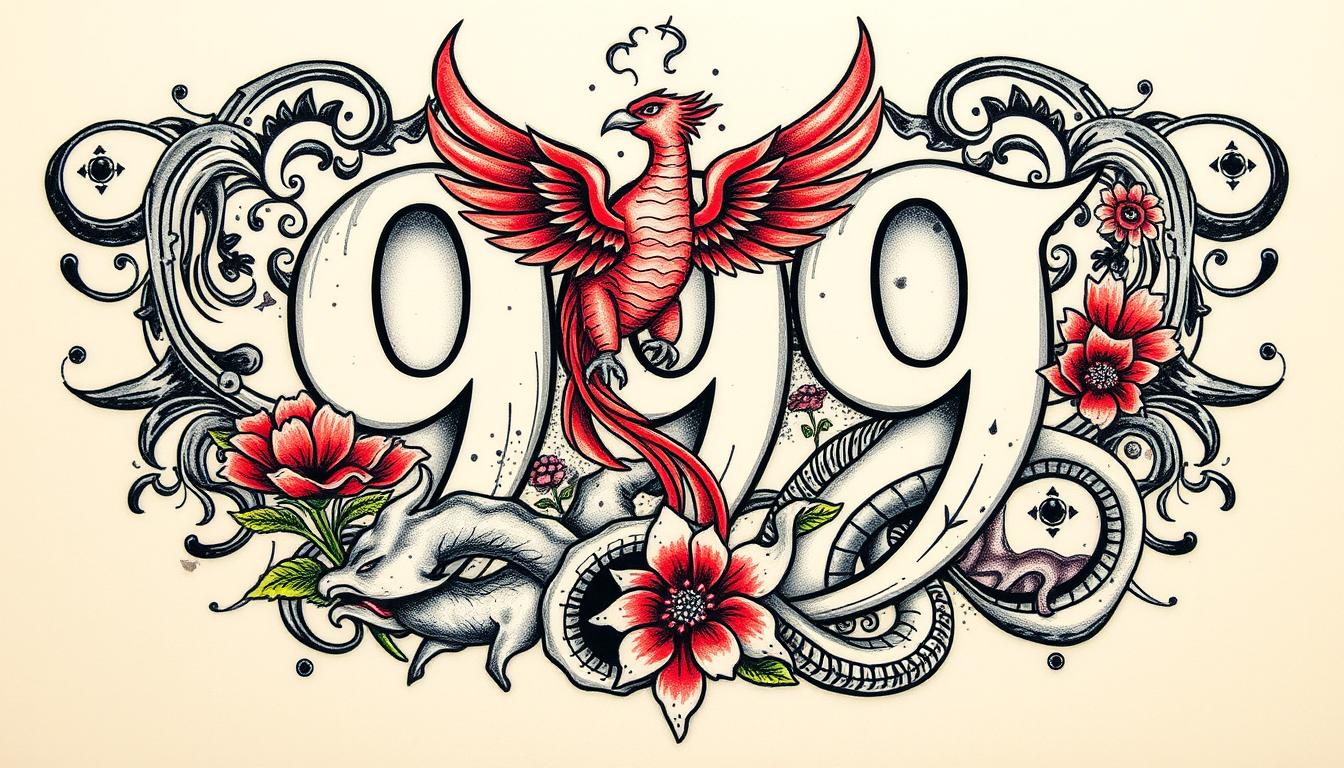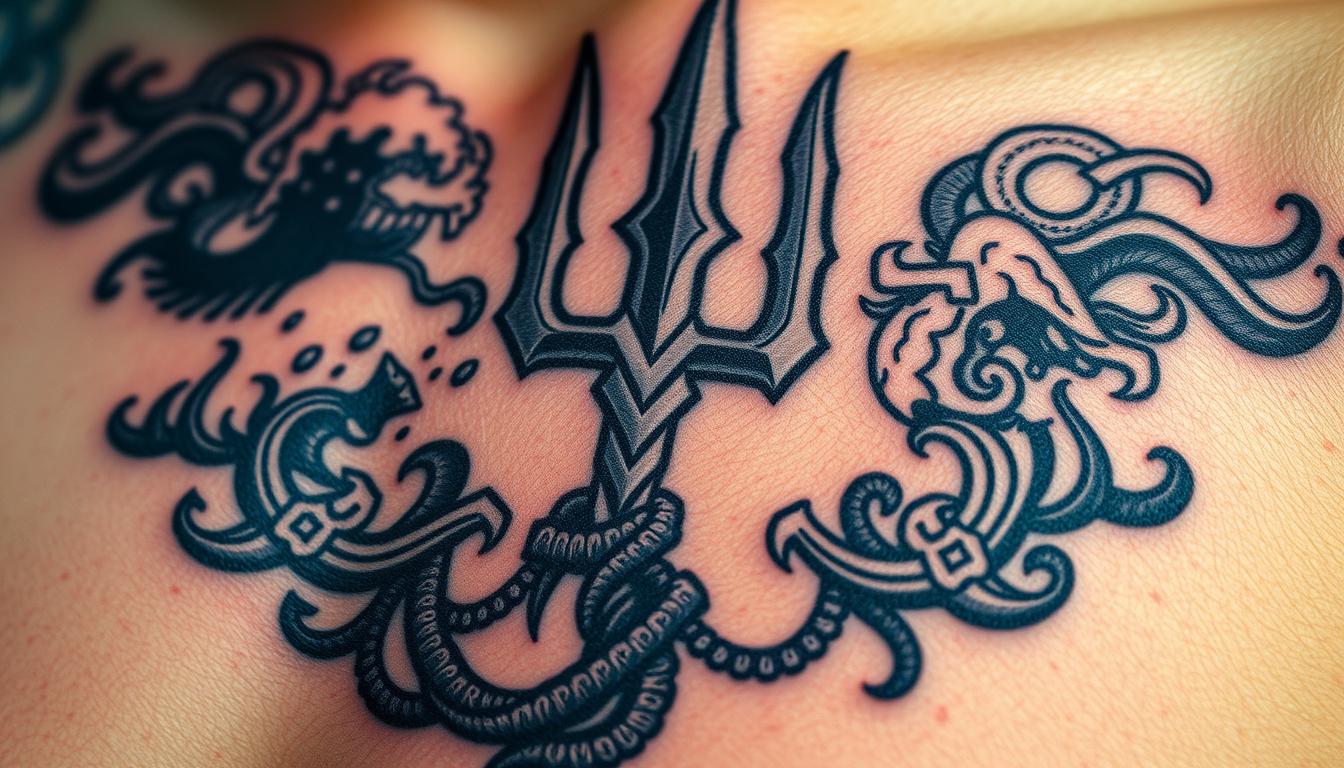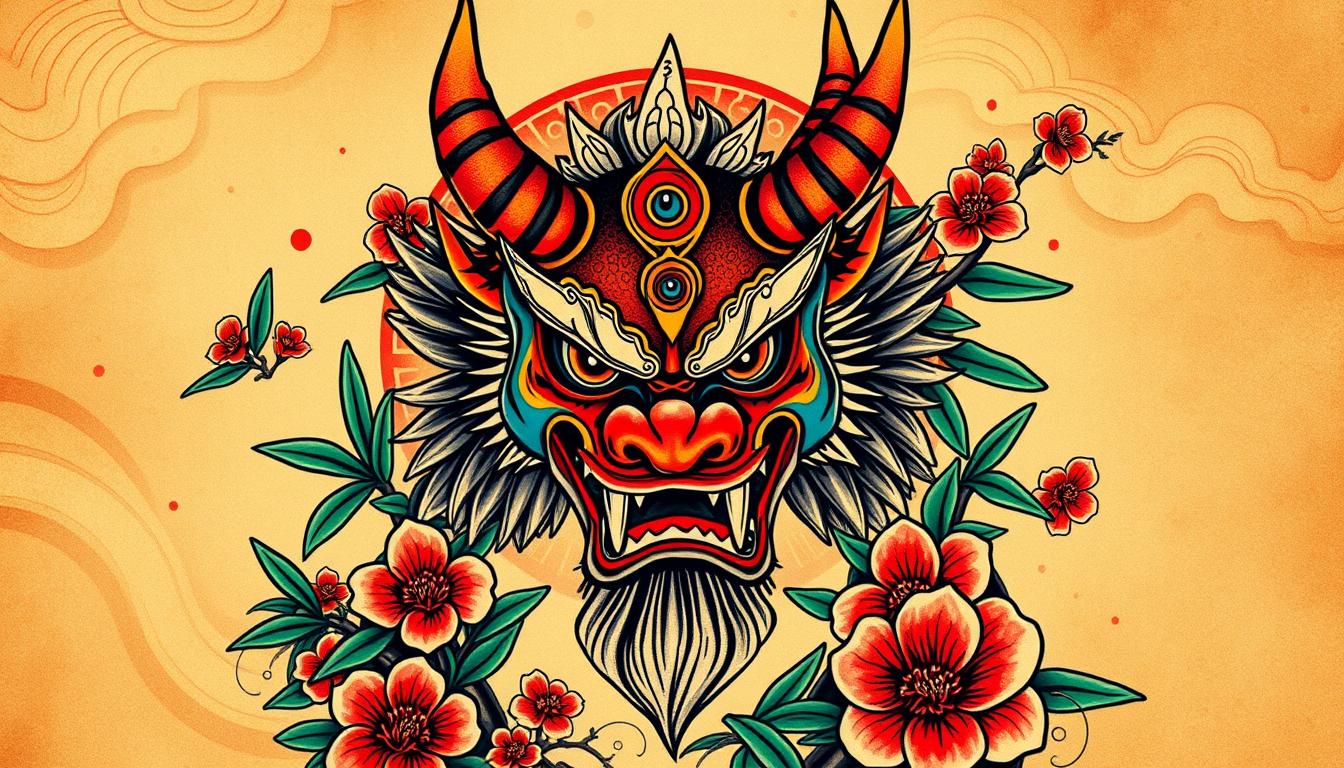Have you ever wondered about the meaning behind 5150 tattoos? This number, rooted in California’s mental health code, has become a powerful symbol in the United States. Our article explores the origins of 5150, its connection to mental health, and its impact on music and culture. We’ll delve into the personal significance for those who choose this tattoo, examining various design styles and sharing real stories. Whether you’re considering a 5150 tattoo or simply curious, this guide will provide valuable insights into this complex symbol.
Key Takeaways
- The 5150 code evolved from a legal term to a cultural symbol for mental health awareness
- Van Halen’s album “5150” played a significant role in popularizing the term beyond its legal context
- 5150 tattoos often symbolize personal struggles, resilience, and advocacy for mental health awareness
- Placement and design of 5150 tattoos can significantly impact their meaning and visibility
- Personal stories of 5150 tattoos contribute to destigmatizing mental health discussions and inspiring hope
The Origins of the 5150 Code and Its Association With Mental Health

The 5150 code, originating from California’s Welfare and Institutions Code, has evolved from a legal term to a cultural symbol. This section explores its historical context, usage in mental health, and transformation into a popular tattoo design. Understanding the 5150 code’s journey from prison to rock music and its impact on mental health awareness provides insight into its significance for tattoo artists and enthusiasts.
Understanding the California Welfare and Institutions Code Section 5150
The California Welfare and Institutions Code Section 5150 provides the legal framework for involuntary psychiatric holds. This law allows qualified professionals to detain individuals deemed a danger to themselves or others for up to 72 hours for assessment and treatment. The code’s association with mental health has inspired various forms of artistic expression, including tattoos and music, notably Van Halen’s album titled “5150.” The intersection of law, psychology, and art has contributed to the code’s cultural significance:
- Legal basis for psychiatric intervention
- 72-hour hold for evaluation and treatment
- Inspiration for artistic expression in tattoos and music
- Cultural symbol of mental health awareness
Historical Context and Usage of the Term 5150
The term “5150” originated in California’s legal system but has since permeated popular culture, influencing music, mental health discussions, and law enforcement practices. Initially used by police to refer to involuntary psychiatric holds, 5150 gained wider recognition when the rock band Van Halen used it as an album title. This exposure in the music industry sparked public interest in the code’s meaning, leading to increased awareness of mental health issues and the legal processes surrounding psychiatric interventions.
How 5150 Evolved Into a Cultural Symbol
The 5150 code evolved from a legal term to a cultural symbol through its adoption in various spheres of society. Initially associated with mental health interventions, it gained prominence in popular culture when Van Halen used it as an album title. This exposure sparked interest in its meaning, leading to increased awareness of mental health issues. The code’s significance expanded beyond its original context, becoming a symbol used in tattoos, music, and even gang culture. Its evolution reflects society’s changing attitudes towards mental health and the intersection of law enforcement and healthcare:
| Stage | Context | Impact |
|---|---|---|
| Legal Origin | California Welfare and Institutions Code | Established framework for psychiatric holds |
| Law Enforcement | Police use of the term | Increased awareness among first responders |
| Popular Culture | Van Halen album title | Widespread public recognition |
| Artistic Expression | Tattoos and music | Symbol of mental health awareness |
| Subcultures | Gang usage | Adopted as code with alternative meanings |
The Cultural Impact of 5150 in Music and Media

The cultural impact of 5150 extends beyond its legal origins, influenced significantly by music and media. Van Halen’s role in popularizing the term, its representation in films and television, and its influence on art and popular culture have transformed 5150 into a multifaceted symbol. This section explores how these mediums have shaped public perception and understanding of the code.
Van Halen’s Role in Popularizing 5150
Van Halen played a pivotal role in popularizing the term “5150” beyond its legal context. The band’s 1986 album, titled “5150,” introduced the code to a wider audience, sparking curiosity about its meaning. This exposure in the music industry led to increased awareness of mental health issues and the legal processes surrounding psychiatric interventions, transforming the code into a cultural reference point.
Representation of 5150 in Films and Television
The representation of 5150 in films and television has contributed to its cultural significance. Several TV shows and movies have referenced the code, often in the context of mental health crises or law enforcement scenarios. These portrayals have both raised awareness and sometimes perpetuated misconceptions about involuntary psychiatric holds. The media’s depiction of 5150 has influenced public perception and understanding of mental health interventions:
| Media Type | Example | Portrayal |
|---|---|---|
| TV Drama | “ER” (Medical Series) | Realistic depiction of psychiatric holds |
| Crime Show | “Law & Order: SVU” | Legal aspects of involuntary commitment |
| Comedy | “The Big Bang Theory” | Lighthearted reference to mental health |
| Film | “Girl, Interrupted” | In-depth exploration of psychiatric hospitalization |
Influence on Art and Popular Culture
The influence of 5150 on art and popular culture extends beyond music and media, permeating various forms of creative expression. Tattoo artists have incorporated the code into designs, often symbolizing mental health awareness or personal struggles. Street artists and graphic designers have also adopted the number in their works, creating a visual language around the concept. The code’s impact on popular culture has led to its use in fashion, merchandise, and even social media hashtags, further solidifying its status as a cultural icon:
- Tattoo designs incorporating 5150 as a symbol of resilience
- Street art and murals featuring the code to raise mental health awareness
- Fashion items and accessories branded with 5150
- Social media trends and hashtags using #5150 to discuss mental health
- Graphic design elements integrating the number in various contexts
Symbolism and Personal Meaning Behind 5150 Tattoos

5150 tattoos hold deep personal significance, often reflecting individuals’ experiences with mental health. These tattoos serve as symbols of strength and survival, while also advocating for mental health awareness. The following sections explore how people express their struggles, resilience, and support for mental health through this powerful form of body art.
Expressing Personal Experiences With Mental Health
Individuals who choose 5150 tattoos often use them as a powerful means of expressing their personal experiences with mental health. These tattoos serve as visual narratives, commemorating struggles, triumphs, and the journey towards wellness. For many, the 5150 code symbolizes a turning point in their lives, representing both the challenges they’ve faced and the strength they’ve discovered in overcoming them. The tattoo becomes a permanent reminder of resilience and a conversation starter for mental health awareness.
The Tattoo as a Sign of Strength and Survival
5150 tattoos often symbolize strength and survival for individuals who have experienced mental health challenges. These tattoos serve as permanent reminders of personal growth and resilience. Many wearers view their 5150 ink as a badge of honor, representing their ability to overcome difficult times and emerge stronger. The tattoo becomes a visual testament to their journey, inspiring both self-reflection and conversations about mental health:
| Aspect | Symbolism |
|---|---|
| Survival | Overcoming mental health crises |
| Strength | Resilience in facing challenges |
| Growth | Personal development through adversity |
| Awareness | Promoting mental health dialogue |
Advocating for Mental Health Awareness Through Body Art
5150 tattoos serve as powerful tools for advocating mental health awareness. Individuals who choose these tattoos often aim to spark conversations about mental health, challenge stigmas, and promote understanding. The visible nature of tattoos makes them effective in raising awareness, as they invite questions and provide opportunities for wearers to share their experiences and knowledge about mental health issues. This form of body art transforms personal struggles into public statements, encouraging openness and support within communities.
Design Elements and Styles of 5150 Tattoos
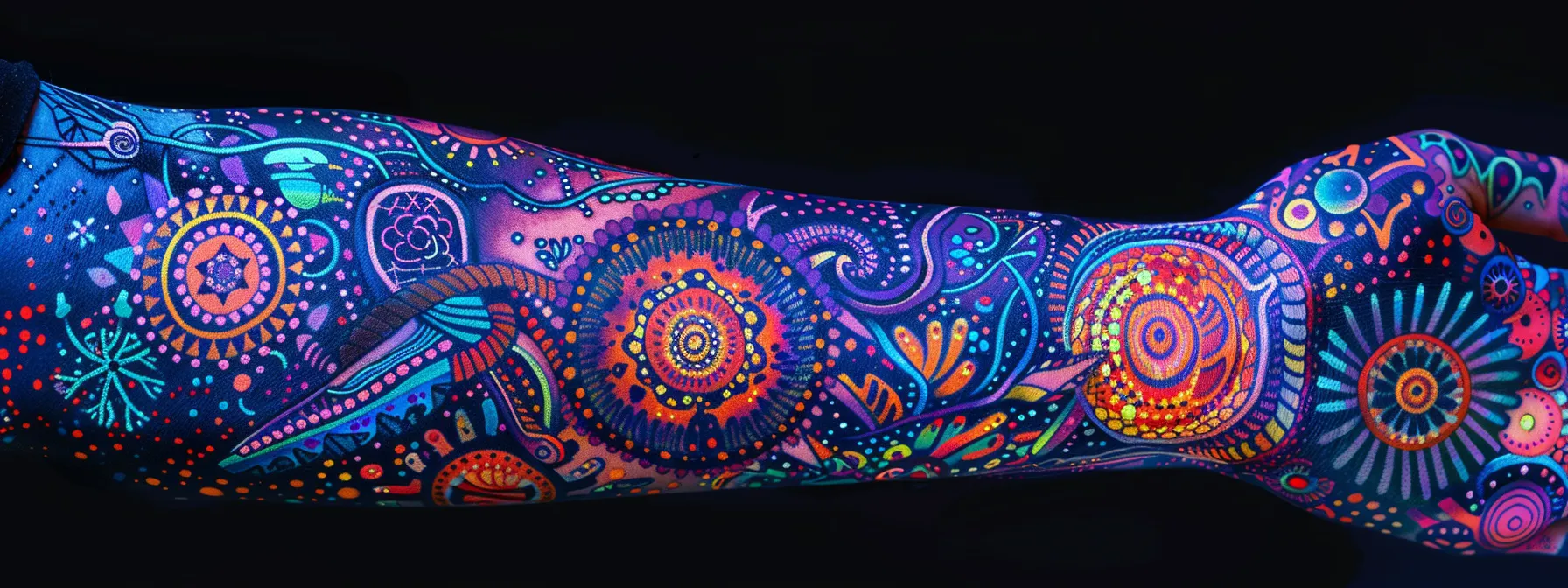
5150 tattoos encompass diverse design elements and styles, reflecting personal experiences and artistic preferences. This section explores common visual themes, artistic styles, and the incorporation of personal symbols with the 5150 motif. It also discusses considerations for selecting placement and size to maximize the tattoo’s impact and meaning.
Common Visual Themes and Artistic Styles
5150 tattoos often feature bold, numeric designs that emphasize the code’s significance. Artists frequently incorporate elements like broken chains, butterflies, or phoenix imagery to symbolize transformation and resilience. Minimalist line art, watercolor splashes, and geometric patterns provide modern interpretations of the theme. Some designs integrate mental health symbols or EKG heartbeat lines to reinforce the connection to psychiatric care. Typography plays a crucial role, with artists experimenting with font styles to convey emotion and personal meaning within the numeric code.
Incorporating Personal Symbols With the 5150 Motif
Tattoo artists often blend personal symbols with the 5150 motif to create unique and meaningful designs. Clients may incorporate elements such as zodiac signs, birthdays, or initials alongside the 5150 code. Some choose to integrate symbols of mental health awareness, like semicolons or brain imagery, to further personalize their tattoos. These custom combinations allow individuals to express their identity and experiences while maintaining the core significance of the 5150 code.
Selecting Placement and Size for Meaningful Impact
The placement and size of 5150 tattoos significantly impact their meaning and visibility. Clients often choose discreet locations for personal reflection or prominent areas to spark conversations about mental health. Popular placements include the wrist, forearm, or behind the ear for smaller designs, while larger pieces may cover the upper arm, chest, or back. The size of the tattoo can range from minimalist single-line numbers to elaborate, full-color designs incorporating additional elements. Artists work with clients to select the most appropriate placement and size that aligns with the individual’s intentions and lifestyle:
| Placement | Size | Impact |
|---|---|---|
| Wrist | Small | Personal reminder |
| Forearm | Medium | Visible statement |
| Back | Large | Artistic expression |
| Behind ear | Tiny | Subtle symbol |
Considerations Before Getting a 5150 Tattoo

Before getting a 5150 tattoo, individuals should carefully consider its personal significance, potential public perceptions, and seek professional advice. This section explores the importance of self-reflection, understanding how others may interpret the tattoo, and the value of consulting with both tattoo artists and mental health professionals to make an informed decision.
Reflecting on the Personal Significance
Individuals considering a 5150 tattoo should carefully reflect on its personal significance before making a permanent decision. This process involves examining one’s experiences with mental health, understanding the code’s legal and cultural context, and assessing how the tattoo aligns with personal values and long-term goals. A thoughtful reflection can help ensure the tattoo remains meaningful over time and serves as a positive reminder of one’s journey:
| Reflection Point | Consideration |
|---|---|
| Personal Experience | How does the 5150 code relate to your mental health journey? |
| Cultural Understanding | Are you aware of the code’s origins and societal implications? |
| Future Impact | How might this tattoo affect your personal and professional life? |
| Alternative Symbols | Have you explored other ways to represent your mental health journey? |
Understanding Public Perception and Potential Misinterpretations
Individuals considering a 5150 tattoo should be aware of potential public perceptions and misinterpretations. The code’s association with mental health and involuntary psychiatric holds may lead to assumptions about the wearer’s experiences or current state of mind. Some people might view the tattoo as a celebration of mental health struggles, while others could perceive it as insensitive or provocative. Understanding these varied interpretations helps individuals make informed decisions about displaying the tattoo and prepares them for potential conversations or reactions it may spark.
Consulting With Tattoo Artists and Mental Health Professionals
Consulting with both tattoo artists and mental health professionals provides valuable insights for individuals considering a 5150 tattoo. Experienced tattoo artists can offer guidance on design elements, placement, and potential long-term effects on the skin, ensuring the tattoo aligns with the client’s vision. Mental health professionals can help individuals process their experiences and motivations, ensuring the decision to get the tattoo is well-considered and supportive of their mental health journey. This collaborative approach helps create a meaningful and thoughtful tattoo experience.
Personal Stories and Testimonials
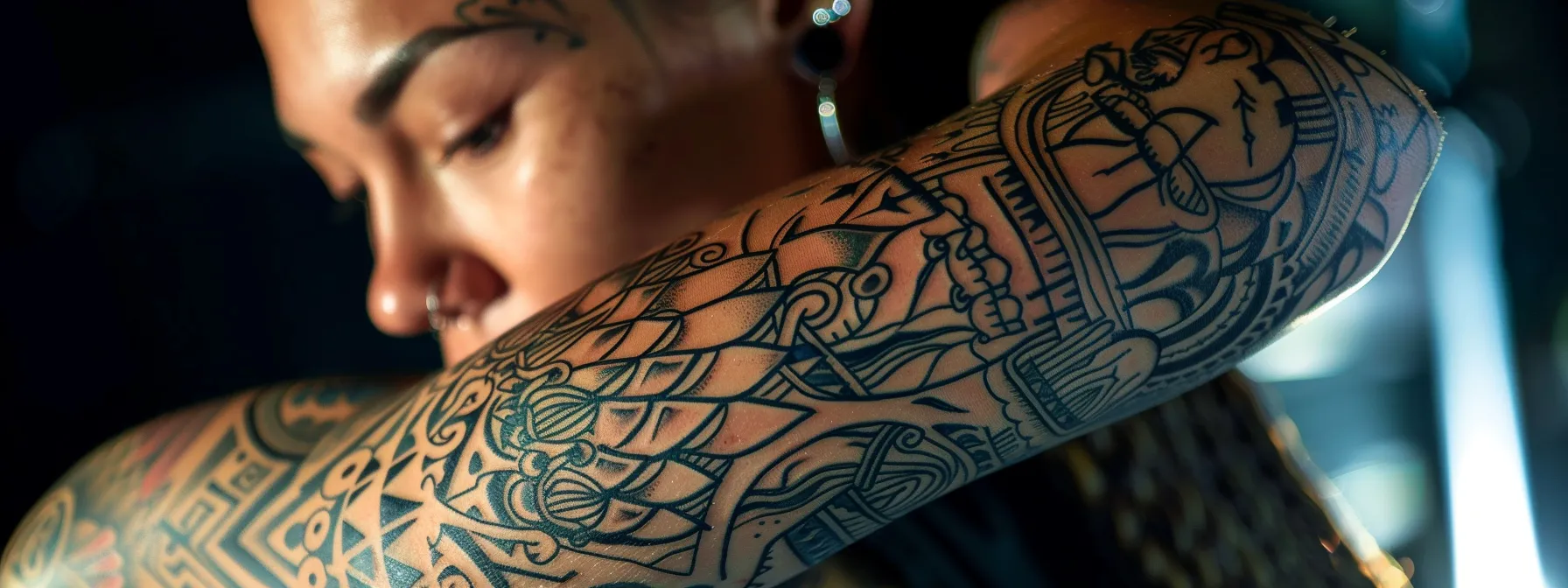
Personal stories and testimonials provide insight into the deep meaning behind 5150 tattoos. This section explores individuals’ journeys with their tattoos, how these markings have impacted their lives, and the messages of hope and resilience conveyed through this form of body art. These accounts offer a personal perspective on the significance of 5150 tattoos in mental health awareness and personal growth.
Individuals Sharing Their 5150 Tattoo Journeys
Individuals who have chosen to get 5150 tattoos often share powerful stories about their personal journeys. These narratives typically revolve around experiences with mental health challenges, involuntary psychiatric holds, or moments of profound transformation. Many describe their tattoos as visual representations of survival and strength, serving as constant reminders of their resilience in the face of adversity. Through sharing their stories, these individuals contribute to broader conversations about mental health awareness and help destigmatize discussions surrounding psychiatric interventions.
How the Tattoo Has Affected Their Lives
Individuals with 5150 tattoos often report significant impacts on their lives. Many describe the tattoo as a catalyst for open conversations about mental health, allowing them to connect with others who have similar experiences. Some find that the visible reminder of their journey serves as a source of strength during challenging times, reinforcing their resilience. Others note that the tattoo has helped them embrace their past and view their mental health struggles as part of their personal growth rather than a source of shame.
Messages of Hope and Resilience Conveyed Through Their Tattoos
Individuals with 5150 tattoos often convey powerful messages of hope and resilience through their body art. These tattoos serve as visual affirmations of survival, transforming painful experiences into symbols of strength. Many wearers report that their tattoos remind them of their capacity to overcome challenges, fostering a sense of empowerment and self-acceptance. The visibility of these tattoos also allows individuals to share their stories, inspiring others who may be struggling with mental health issues and promoting a message of hope and recovery.
Conclusion
Understanding the deep meaning behind 5150 tattoos reveals a powerful intersection of personal experiences, mental health awareness, and cultural symbolism. These tattoos serve as visual narratives of resilience, survival, and transformation for individuals who have faced mental health challenges. Beyond personal significance, 5150 tattoos contribute to broader conversations about mental health, helping to reduce stigma and promote understanding. By exploring the origins, cultural impact, and personal stories associated with these tattoos, we gain valuable insights into the complex relationship between mental health, art, and individual expression in modern society.






